This year has been amazing for first person shooters. The genre has languished, recently, forcing players to mostly settle for shooting galleries with the occasional twist.
Prior to 2014, many shooters featured design that was intended to slow players, encouraging them to hide behind cover and focus on shooting enemies that did the same. The shooter became a kind of virtual whack-a-mole. But seven great shooters in 2014 defied expectations. Here they are.
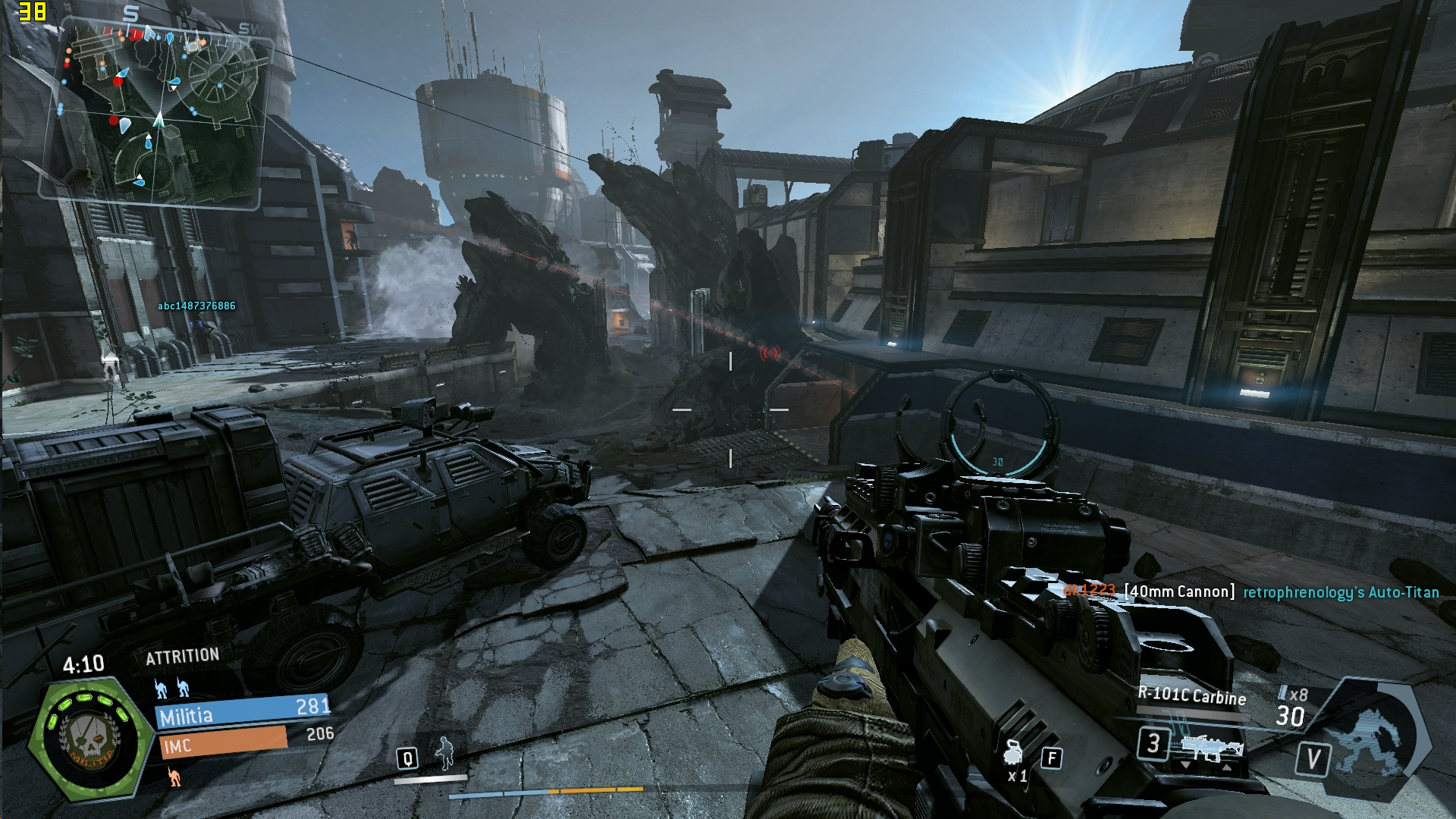
Titanfall – March 11
Few games, on launch, are mechanically perfect. Titanfall was. The controls were fluid and intuitive, the maps looked great, the game sounded incredible, and Respawn’s support of the game has been top-notch. Titanfall stood out because of its unique player/mech mechanic, which Respawn polished to a shine. Switching from Titan to Pilot back to Titan again was astonishingly fluid. A host of other design decisions rounded out the experience: having AI bots that lead players around the map, turrets that could be hacked, and, of course, the game’s deep-yet-intuitive free-running system that brought old-school movement focus back in a big way.
Titanfall was not perfect. The decision not to release on Steam hampered the game’s multiplayer community on the PC. Players were unable to select upcoming maps or change their settings, and that, coupled with long load times, hampered the experience. Until the horde mode patch, the game featured no single-player or co-op content, leaving some consumers feeling that they hadn’t got their money’s worth.
Still, Titanfall offered some of the most fun I’ve ever had in a competitive shooter, even if that fun was short-lived. I can’t help but think that, had its mechanical perfection been combined with solid co-op or single-player content and a launch on Steam, Titanfall might have been considered one of the all-time great video games.
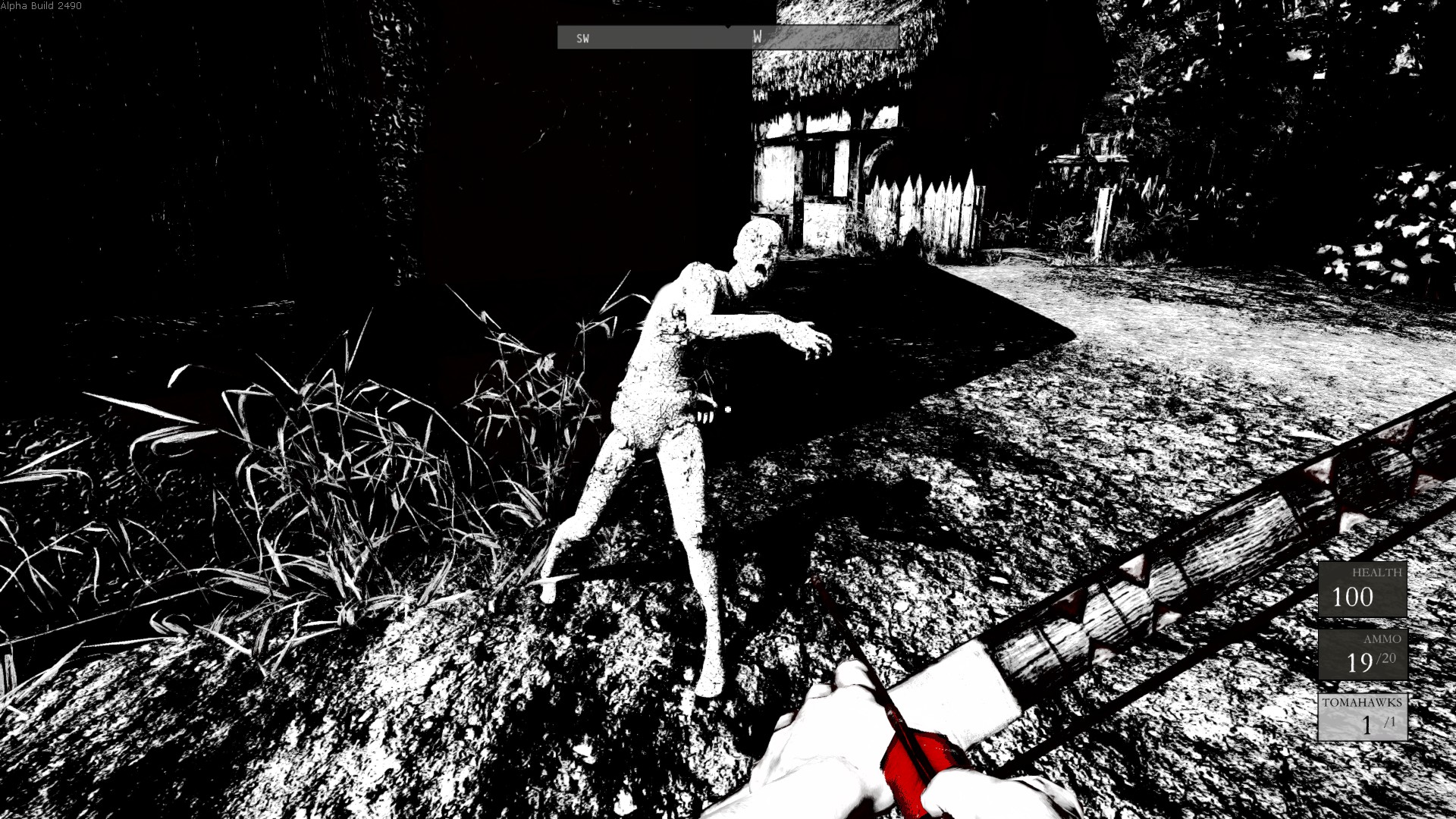
Betrayer – March 24
Former Monolith designer Craig Hubbard, has been responsible for some of the best video games I’ve ever played, including No One Lives Forever and F.E.A.R.. His latest game, Betrayer, doesn’t disappoint. It’s a visually-striking horror title set back in the 1600s; you play a man shipwrecked near an abandoned colony, and it’s up to you to set things right.
Betrayer is one of those games I couldn’t put down until I finished it. Much of the game’s horror comes from the mechanics; players are encouraged to sneak around the Betrayer’s world, but any arrow missing its mark or breaking on enemy armour will alert your foes, who quickly outnumber you. The guns in the game are all single-shot muzzle loaders. While you can use these guns to shoot, they’re slow to reload and loud enough to alert even more enemies to your location. In other words, guns are best left for moments of desperation. Having guns actually makes this horror game scarier than it would have been if it tried to be a simple Amnesia clone.
Betrayer also excels as a detective story, utilising a cool sound mechanic to help a player listen for and find clues on its large maps. As the player journeys through the game, they’re given opportunities to help out the island’s many ghosts, eventually receiving the chance to judge them. Without spoiling it, I’ll say that the moral choices in this game are a lot more satisfying than I’ve encountered elsewhere. Betrayer is a special game, one I believe everyone should play, given the chance.
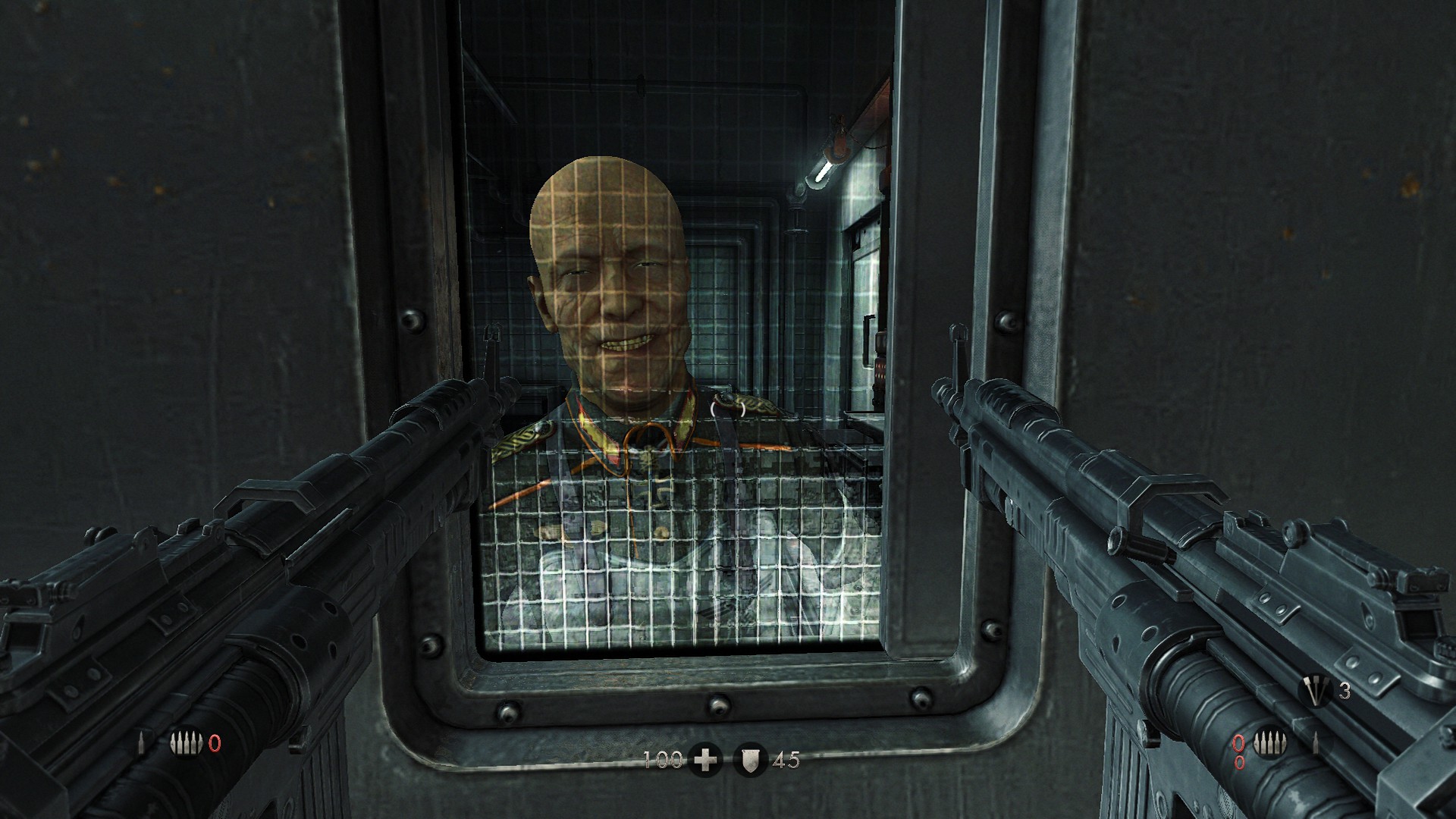
Wolfenstein: The New Order – May 20
Single-player only. Linear campaign. Untested studio. These aren’t exactly the kinds of things consumers want to hear. Fortunately, MachineGames didn’t seem to care much about that with their debut title: Wolfenstein: The New Order.
A great deal of chronological snobbery surrounds shooters. Many people assume that regenerating health, aim-down-sights mechanics, and the like are better than older shooter mechanics simply by virtue of being newer. Wolfenstein proves these ideas wrong: the limited health and armour system of older shooters is back with a vengeance, motivating players to explore and control maps far more than traditional modern shooters. There’s no weapon limits either. Dual-wielding is back and alternate fire modes provide a depth that many other shooters do not have. Mechanically, it’s a breath of fresh air.
Shooters aren’t known for their writing, but if Wolfenstein is any indication, they should be. MachineGames’ writing is some of the best I’ve come across in video games, a perfect blend of pulp and seriousness. The characters are deep, if not deeper than any you might find in your favourite RPG, and they’re wonderfully varied too. The closest comparison I can think of is Half-Life 2, except that Wolfenstein: The New Order is better than it in every way, including replayability.
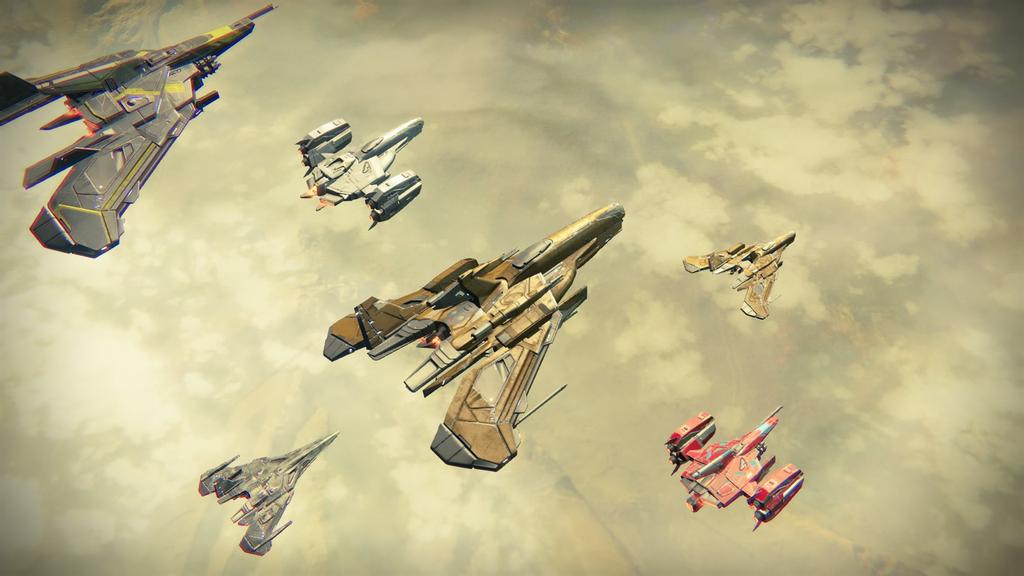
Destiny – September 9
Kotaku‘s own Jason Schreier called Destiny “a video game in which players roam the solar system getting angry at Destiny,” and he’s not wrong. Bungie had rocked the world with Halo. Their first new creation in thirteen years had been marketed as the next Star Wars or Lord of the Rings. Unfortunately, the finished product has been heavily criticised, and with good reason. Many of the updates to the game’s design have been implemented in ways that impede player progress for no reason other than a shameful lack of content .
Despite this, however, I have put 345 hours in the game, which makes it my second-most played game of all time, behind Unreal Tournament 2004. Despite the lack of content, Destiny features a wonderful back and forth between players and enemies. Its combat arenas harken back to the days when strafing mattered. Rather than waist-high barriers, Destiny’s use of rocks, pillars and other structures encourages players with a way to dash around the combat space in a Halo-esque dance.
Plenty of games rely too much on their investment and not enough on their core gameplay, but not Destiny. Bungie has developed a great tug of war between player and enemy. The shooting is great, and enemy communication and feedback is exemplary. If you’re looking for a co-op shooter with great combat that actually requires teamwork and cooperation, Destiny is it. Raiding in Destiny is some of the most fun I’ve ever had in a shooter.
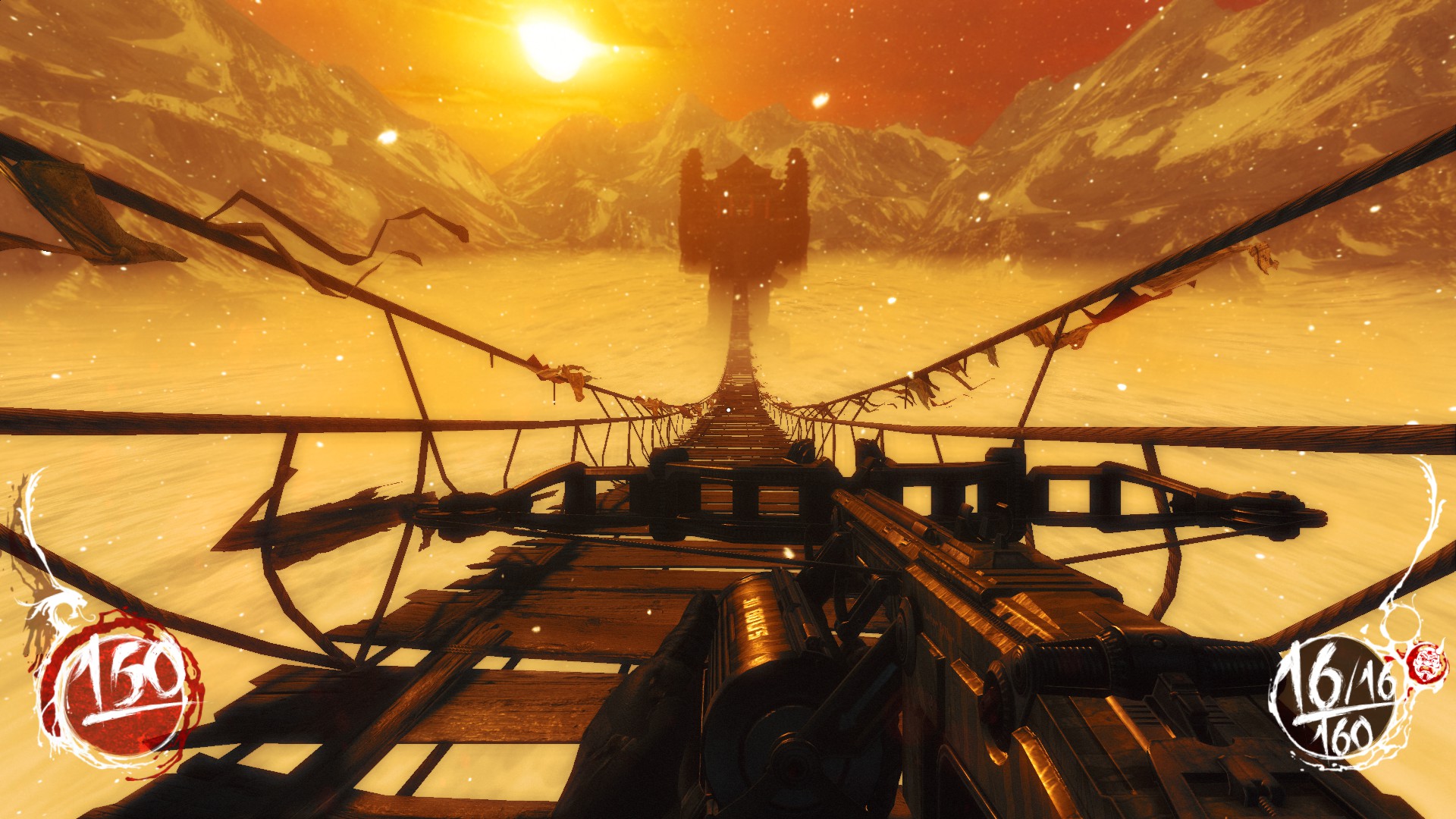
Shadow Warrior – October 21 (re-release)
You might not expect a game about shooting and swordfighting demons to be remarkable, but Shadow Warrior certainly is. Originally released for PC in 2013, Shadow Warrior is a reboot by Hard Reset developers Flying Wild Hog of a franchise from Duke Nukem creators 3D Realms. It hit consoles this fall.
There’s a hint of Bulletstorm here, not just in the humour, but in the point system, encouraging players to be creative with their kills. The game’s secrets and enemy variation encourage players to spend more time looking around the map than a traditional shooting gallery game might. Shadow Warrior’s swordplay is astonishing — after years of games like The Elder Scrolls, players might get the impression that first-person melee combat isn’t any good. Shadow Warrior’s deep combat system melds swordplay and magic spells with its shooting. It is so good that I hope Bethesda looks to it for inspiration on all future titles. This is how swordplay should be done in first-person games.
Oh, and it’s well-written. At first, the game’s all about funny jokes, but it quickly turns into a game about the relationship between a criminal enforcer and his demon buddy, Hoji. The cutscenes reveal a mythical undercurrent to the narrative that plays off in the game’s finale, which I won’t spoil here. Shadow Warrior is, suffice it to say, the first game I’ve ever played that handled tragedy really well, infusing it with a sense of powerful inevitability.
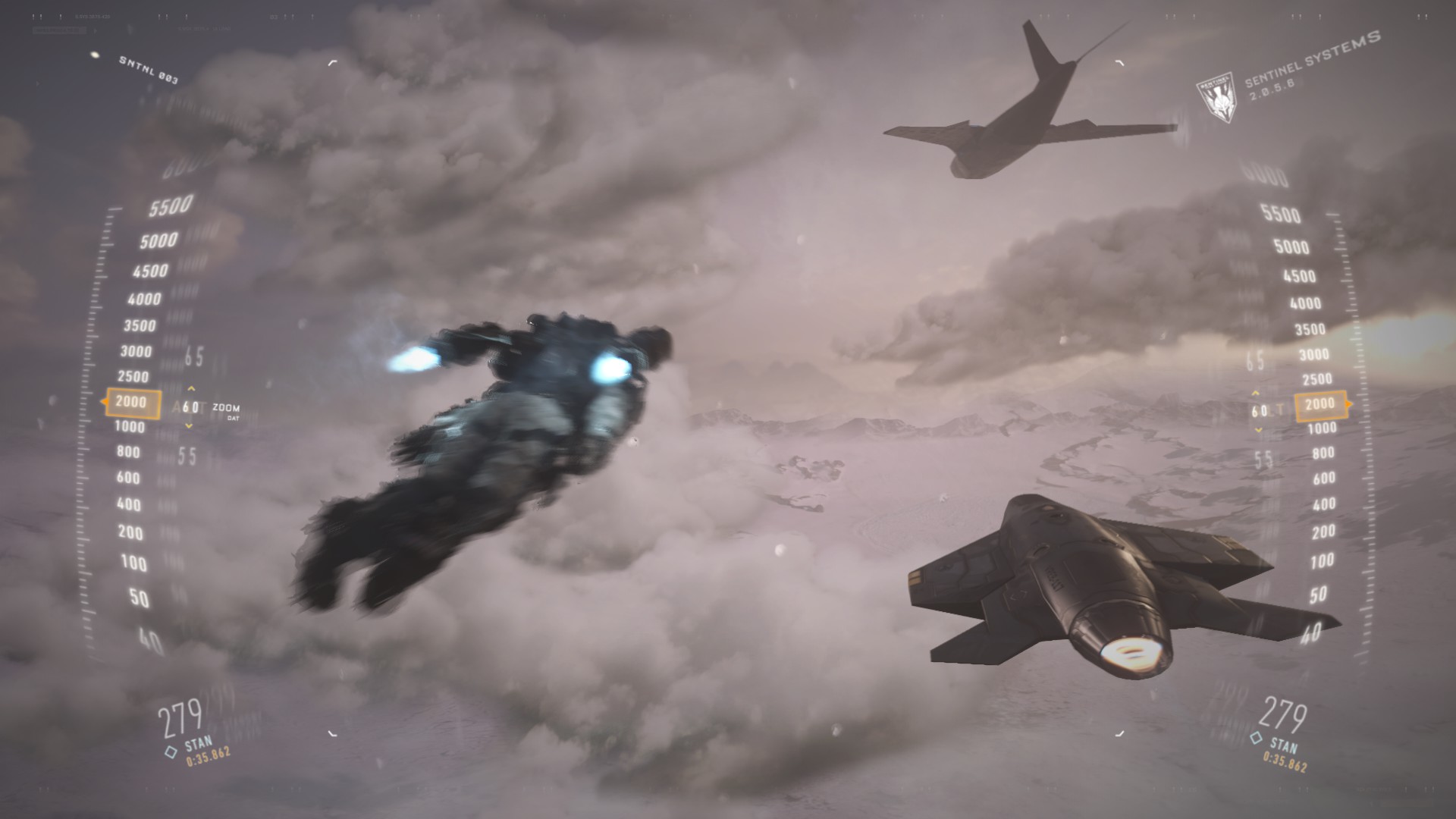
Call of Duty: Advanced Warfare – November 4
When you’re on the eleventh instalment of a video game series, it can be hard to innovate. The audience expects a game that is both like and unlike what came before it; change too much, and they will wonder why it’s in the series at all. Change too little, and they will accuse you of churning out the same thing year after year. Sledgehammer took on this challenge with gusto; the resulting game is the best Call of Duty since Modern Warfare.
In many ways, it’s the same sort of Call of Duty game you know: regenerating health, samey weapons, breathtaking set pieces, and untold amounts of distilled heroism. The futuristic aesthetic, however, uses a variety of gadgets to make the game’s pacing a lot more fluid than the start-stop-repeat pacing of so many games before it, especially Treyarch’s entries in the Call of Duty titles. You get seeker grenades, sights that ID enemies, grappling hooks, magnetic climbing gear, and exoskeletons that give players a double jump. They all work together in a way that makes Advanced Warfare feel as fresh and innovative to the formula as Modern Warfare did back in 2007.
Previous games used multiple viewpoints to spice up the map choices, which occasionally made the series’ narratives hard to follow. Advanced Warfare‘s story is clear about what happens, using the new in-game technology to allow for more varied experiences. One moment you’re flying a drone around a tower, sniping guards to allow friendly forces to advance. The next, you’re walking a heavy mech suit underwater in order to infiltrate a missile silo. But you’re doing all of it with a cohesive, interesting plot driving you forward. It’s great.
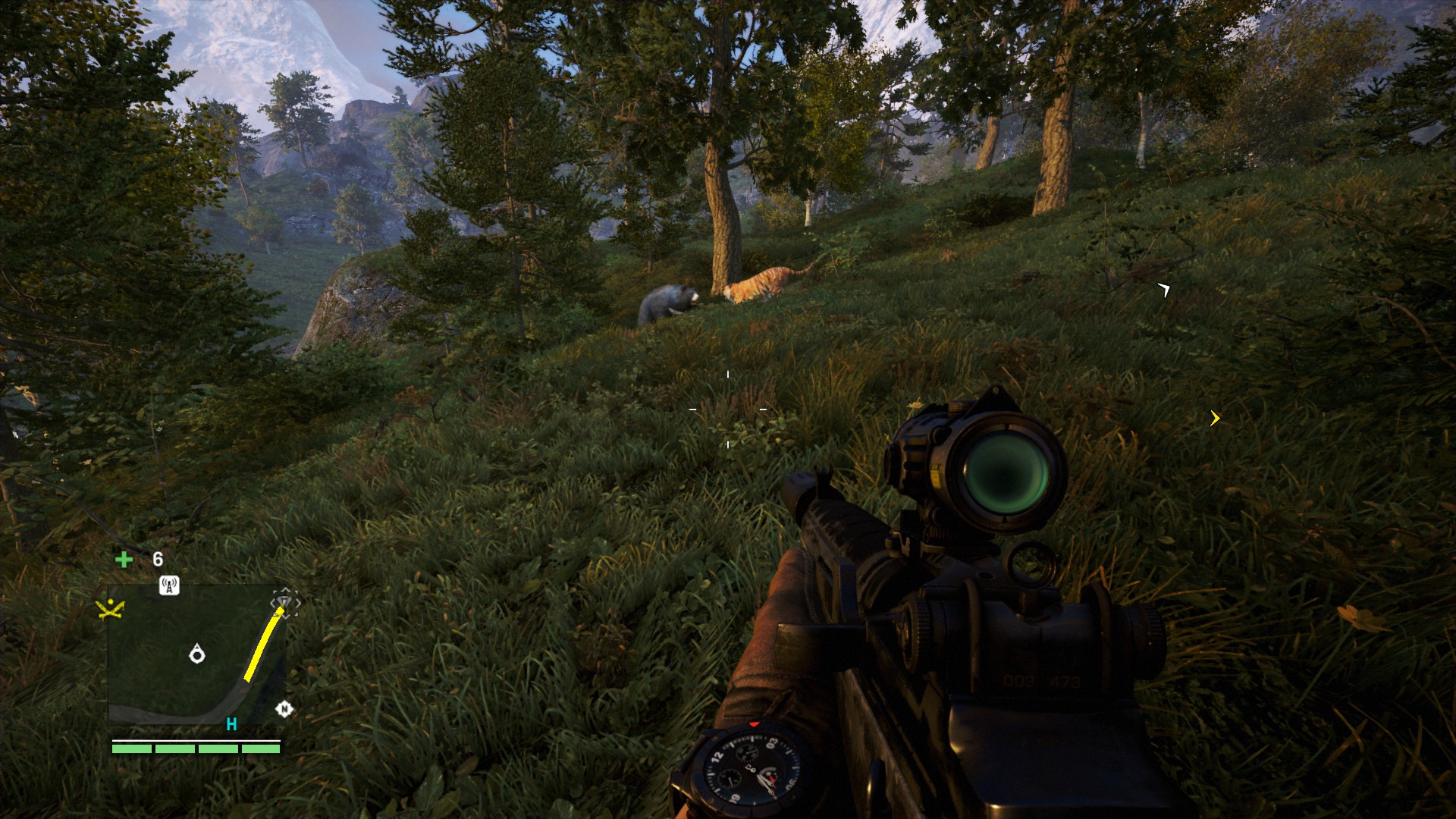
Far Cry 4 – November 18
Like many, I was worried that Ubisoft’s approach to the Assassin’s Creed series would find its way over to the Far Cry games and we’d receive something more akin to Far Cry 3.5 than Far Cry 4. I was happy to be wrong. Far Cry 4 is a good sequel, changing much of what needed to be changed while adding new bits that broaden the experience.
The guns feel and sound better. The first-person camera they use is still one of the best in the business, with all sorts of little quirks and tics that make it feel far more alive than cameras in other shooters. There’s a bit more depth to hunting, though still not enough. Navigating the world feels quicker and more fun. Like Destiny, Far Cry 4’s world is just so fun run to around and shoot things in.
Unfortunately, the writing’s still as bad as it was in Far Cry 3, with inconsistent characterization, poor use of motive, and a laughable attempt to make everyone a single dark shade of morally grey. Disappointingly, the PC version, though having a great deal of options, isn’t very good. The FOV slider, for instance, occasionally gets stuck back at the default FOV. Performance is subpar, especially compared to Far Cry 3, and the map editor doesn’t feature multiplayer maps.
Looking Ahead
2014’s shooters were awesome, warts and all. Most of them focused on increasing the movement options available to the player, and in some cases used health systems that actively encouraged player motion. As a result, we got a lot of game worlds that were, for the first time in quite a while, fun just to run around and shoot stuff in.
I wish The Master Chief Collection hadn’t been rushed to market, because it deserved to be on this list: Halo 2’s multiplayer is still some of the best there is, especially when compared to 343’s disappointing push towards mechanics that don’t fit the series or the audience — aiming down sights and sprinting, to name two. Playing Halo in 60 frames per second is absolutely wonderful.
This was also a great year for randomised shooters. Fancy Skulls, Tower of Guns, and Ziggurat all released on Steam. Each one has loads of great guns and enemies for players to find as they make their way through deadly randomised dungeons. I think I’ve spent as much time in Fancy Skulls as I have in Far Cry 4.
Wolfenstein proved that single-player shooters still had what it took to be great games. Destiny proved that great gunplay is still the foundation for a good shooter. Betrayer reminded us that horror games with weapons can still be scary. Each of 2014’s great shooters paid special attention to the way players interact with both their environment and their foes. Mechanically, they excelled in ways that shooters haven’t.
Next year, we’ll see even more diverse shooters, from the upcoming tactical Rainbow Six: Siege to the four-on-one multiplayer Evolve to — if we’re lucky and it comes out in 2015 — Blizzard’s hero-focused shooter Overwatch. The future is bright. Hopefully the success of 2014’s shooters inspire more developers to break new ground.
GB Burford is a freelance journalist and indie game developer who just can’t get enough of exploring why games work. You can reach him on Twitter at @ForgetAmnesia or on his blog. You can support him and even suggest games to write about over at his Patreon. For more of his Kotaku work, check out the GBB tag.
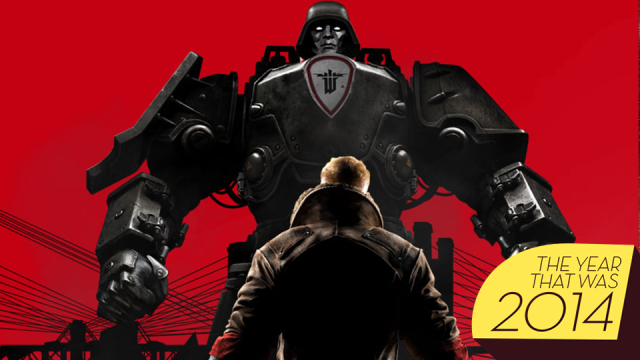
Comments
8 responses to “My 7 Favourite Shooters Of 2014”
Fingers crossed we see the new Doom game some time this year.
If it’s as good as Wolfenstein I’ll be very pleased indeed.
Which of these parts sounds like the devs were responsible for it, and which parts sound like the publisher? If only EA could just… stop being EA long enough to pull their heads out of their asses.
Man, you’ve gotta read ‘The Final Hours of Titanfall” by Keighley.
It costs a few dollars, but it is an incredible read about the development process of that game.
That whole thing was a shitshow from start to stop… and very little of it had to do with EA.
Until the last few months they had no damn idea what the game was even going to be…
Most of the senior staff were dealing with the Activision lawsuit, and not involved in development….
Seriously, it’s an amazing, eye-opening, read.
Yet, somehow they produced the best online shooter since TF2.
I mean original TF2… before it was filled with a billion stupid items and hats and shit.
Titanfall is tight, fast, and entertaining. It has a wonderfully high skill ceiling while still being pretty welcoming to newcomers. Every weapon, item, and Titan is balanced, useful and feels good to use. The development was a mess, absolutely. But goddamn is the gameplay inspired. It’s like the best bits of modern shooters combined with all the bits that could’ve been amazing (but weren’t) in Brink.
Let the shitstorm begin 😉
I… I think I agree with him…
Ditto.